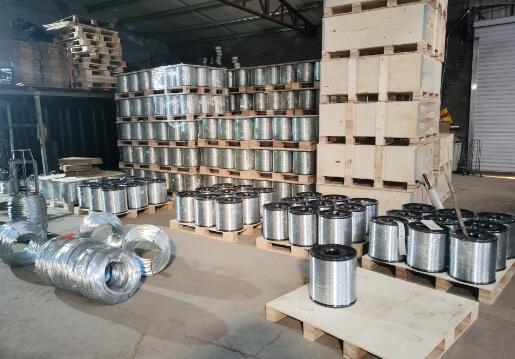Woven Wire Screen Manufacturers A Comprehensive Overview
Woven wire screens are essential in various industries for their ability to filter, separate, and sort materials efficiently. As crucial components in sectors ranging from mining to food processing and wastewater treatment, the demand for quality woven wire screens continues to rise. In this article, we explore the significance of woven wire screen manufacturers, the processes involved in their production, and the trends shaping this industry.
The Role of Woven Wire Screens
Woven wire screens are engineered from metal wires that are woven together to create a mesh suitable for numerous applications. Their primary uses include
1. Filtration Woven wire screens are widely used in filtration systems to separate solids from liquids or gases. This application is vital in industries like oil and gas, water treatment, and food processing.
2. Sieving In industries such as mining and construction, woven wire screens act as sieves to sort aggregate materials. Different mesh sizes allow for precision in categorizing piles of gravel, sand, or soil.
3. Protective Barriers These screens are also employed as protective barriers in various settings, ensuring safety and compliance with industry standards.
The Manufacturing Process
The process of manufacturing woven wire screens involves several critical stages
1. Material Selection The manufacturing process begins with choosing the right type of wire. Common materials include stainless steel, carbon steel, and high-carbon wire, selected based on the specific requirements of the application, such as corrosion resistance, strength, and temperature tolerance.
2. Weaving After the wire is selected, it is woven into a mesh using specialized machinery. The weaving pattern and wire diameter determine the screen's properties, including its strength and the size of openings. Advanced technologies have improved the efficiency and precision of this process, allowing for tighter tolerances and consistent quality.
3. Finishing Following weaving, the screens undergo various finishing treatments. These may include cutting to size, deburring the edges, and applying protective coatings to enhance durability and resistance to environmental factors.
4. Quality Control Quality assurance is paramount in the production of woven wire screens. Manufacturers conduct rigorous testing to ensure that their products meet both industry standards and customer specifications. This includes checking wire diameter, mesh size, and structural integrity.
woven wire screen manufacturers

Key Players in the Industry
The woven wire screen manufacturing industry is diverse, featuring numerous players ranging from small-scale manufacturers to large corporations. Key factors that differentiate these manufacturers include
- Specialization Some manufacturers focus on particular applications, such as mining or food processing, while others provide a broad range of screen types for various industries.
- Customization Many manufacturers offer customization options to meet specific client requirements, such as unique mesh sizes or tailored dimensions.
- Sustainability With a growing emphasis on sustainable manufacturing practices, some companies are adopting eco-friendly processes and materials, enhancing their market appeal.
Industry Trends
As industries evolve, several trends are shaping the future of woven wire screen manufacturing
1. Technological Advancements Innovations in manufacturing technology, such as automation and robotics, are enhancing efficiency, reducing production costs, and improving product quality.
2. Increased Demand for Sustainable Products Consumers are increasingly seeking products made from recycled materials or those requiring less energy in production. Woven wire screen manufacturers are responding to this demand by investing in sustainable practices.
3. Globalization The global market for woven wire screens is expanding, with manufacturers seeking to reach international customers. This trend has led to increased competition, prompting companies to enhance their product offerings and customer service.
4. Regulatory Compliance As environmental regulations tighten, manufacturers are focusing on compliance with industry standards to ensure their products are safe and effective for use in various applications.
Conclusion
Woven wire screen manufacturers play a vital role in multiple industries, providing essential products that enhance efficiency and safety in numerous applications. As the market continues to evolve, these manufacturers must adapt to new technologies, sustainability demands, and changing customer needs to maintain competitiveness. By understanding the manufacturing process and current trends, businesses can make informed decisions when sourcing woven wire screens for their specific needs.

















